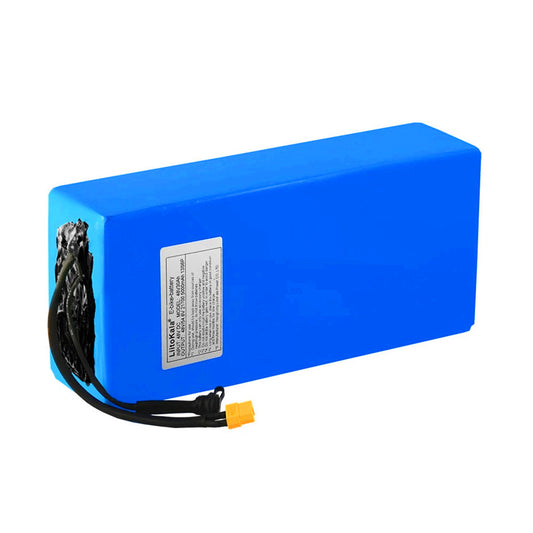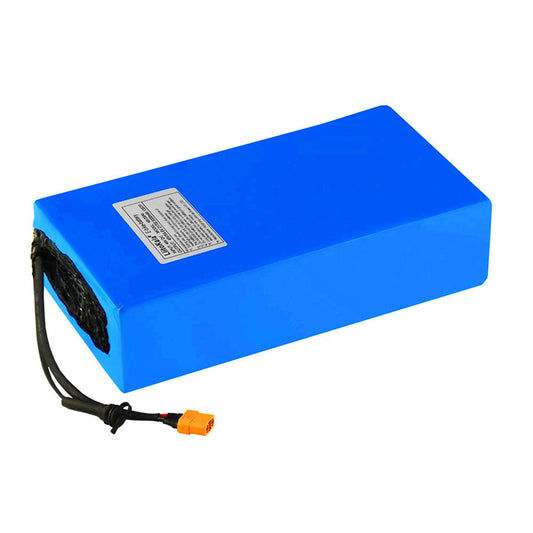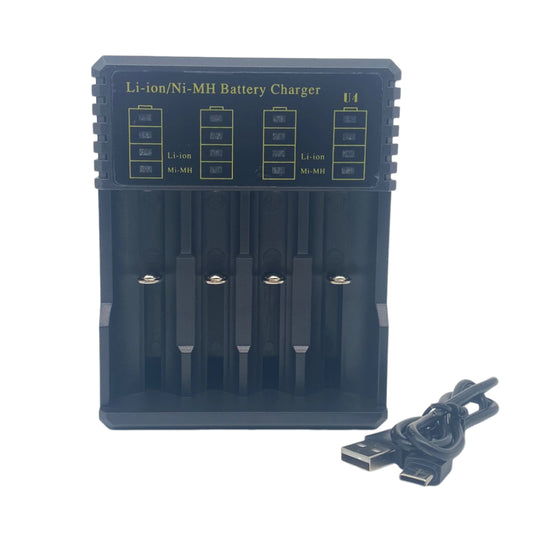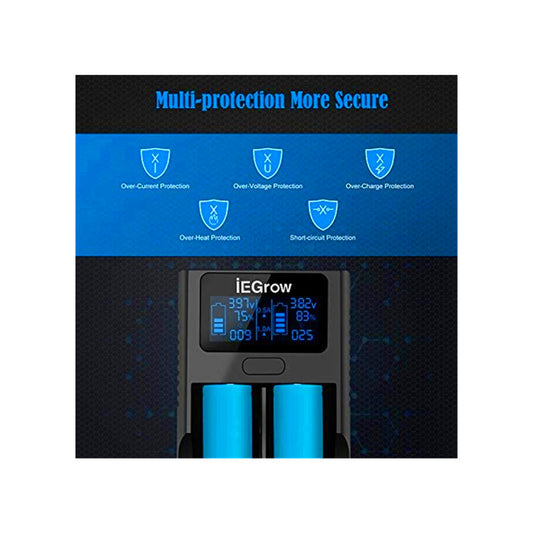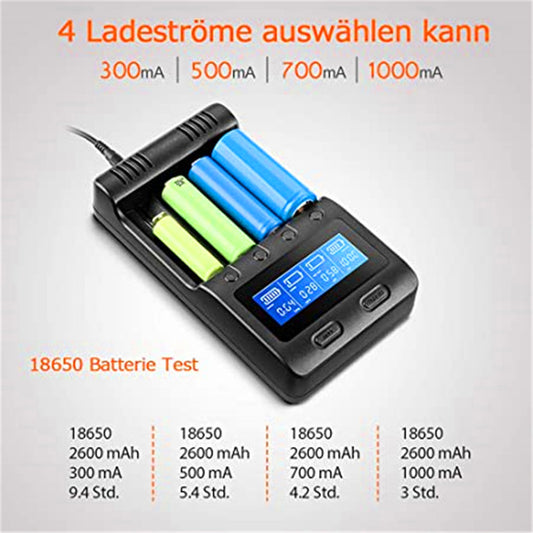For short-distance commutes or leisure rides, a 36V 10Ah battery may be sufficient, but for those who ride longer distances, a 36V 15Ah or even 20Ah battery is necessary. However, bigger isn't always better; choosing the right battery depends on your specific needs.
In this article, BatteryInt introduces how to calculate the battery size and key factors to help you select the best battery for your e-bike. Keep reading to find the perfect battery size that fits your riding habits and maximizes your e-bike experience!
What is the Size of an Electric Bike Battery?
E-bike battery size, also known as E-bike battery capacity, determines how far you can ride on a single charge, with higher capacities offering extended range and longer ride times.
Electric bike battery size is measured in ampere-hours (Ah), which indicates how much charge the battery can store and deliver over a specified period. It can also be measured in watt-hours (Wh), which measures the battery's energy storage.
How to Calculate the Electric Bike Battery Capacity You Need?
To calculate the electric bike battery capacity you need, consider the following factors: Riding Range (km), E-bike's Energy Efficiency (Wh/km), and Battery Voltage (V).
Formula:
- Energy Needed (Wh) = Riding Range (km) × Energy Efficiency (Wh/km)
- Required Capacity (Ah) = Energy Needed (Wh) / Voltage (V)
Example:
Let's suppose the following condition:
-
Riding Range: 20 km
-
Energy Efficiency: 20 Wh/km
-
Battery Voltage: 36V
Calculation:
-
Energy Needed (Wh) = 20 km × 20 Wh/km = 400 Wh
-
Required Capacity (Ah) = 400 Wh / 36V = 11.11 Ah
Therefore, for a 20 km ride with an energy efficiency of 20 Wh/km and a 36V e-bike battery, you would need a battery with a capacity of at least 11.11 Ah.
In this case, we know that Range (km) = Capacity (Ah) × Voltage (V) / Energy Efficiency (Wh/km). So here's the table of the theoretical range for E-bike batteries for reference:(supposed 20 Wh/km of Energy Efficiency and riding on a flat road):
Based on the above calculation formula, we can also determine the theoretical riding distance of different E-bike batteries through the formula: Range (km) = Capacity (Ah) × Voltage (V) / Energy Efficiency (Wh/km).
This table provides the theoretical riding distances of various E-bikes batteries can support for reference (assuming an energy efficiency of 20 Wh/km and riding on flat terrain).
| Battery Size | Range (km) |
| 10Ah (36V) | 18 |
| 15Ah (36V) | 27 |
| 20Ah (36V) | 36 |
| 10Ah (48V) | 24 |
| 15Ah (48V) | 36 |
| 20Ah (48V) | 48 |
| 10Ah (52V) | 26 |
| 15Ah (52V) | 39 |
| 20Ah (52V) | 52 |

Factors Affecting E-bike Battery Range
While capacity is crucial, other factors also impact the riding range of an electric bicycle battery can support.
1. Riding Route
When planning to travel longer distances on a single charge, a higher battery capacity is necessary. Additionally, terrain has a significant impact on battery usage. For instance, hilly or rough terrains consume more energy compared to flat roads. Uphill rides require more power, which not only reduces the battery's range but can also decrease its lifespan, necessitating a larger capacity battery.
2. Battery Weight
Heavier batteries may provide more capacity, but they can impact the bike's balance and maneuverability, particularly at low speeds. On the other hand, lighter batteries are more portable and easier to carry, though they might require a higher capacity to meet energy demands without compromising performance.
3. Compatibility
A compatible battery integrates seamlessly with the e-bike’s design and electronics, ensuring efficient energy use and reliable power delivery. Additionally, batteries that are easily replaceable offer flexibility, allowing riders to choose higher capacity options if needed, thus enhancing convenience and adaptability.
4. Riding Environment
Extreme temperatures can significantly affect battery efficiency and lifespan. Cold weather tends to drain batteries more quickly, while hot conditions can lead to overheating. This variability necessitates a higher capacity battery to ensure adequate performance under various temperature conditions. Moreover, riding in rainy, wet, dusty, or sandy conditions demands a durable and waterproof battery. Such environments might require batteries for electric bikes with higher capacities to maintain consistent performance.
5. Battery Material
The material of an E-bike battery significantly influences its riding range due to differences in energy density, weight, efficiency, and lifespan. Such as lithium-ion (Li-ion) electric bicycle batteries, which have higher energy density, and can store more energy in a smaller and lighter package. On the other hand, a lighter bike requires less power to move, thus extending the riding range. On the other hand, NiMH and lead-acid Electric bike batteries are heavier and larger compared to Li-ion batteries to achieve the same energy level.
6. Brands
Reputable brands like Samsung, Panasonic, and Sony provide high-quality batteries with consistent performance, reducing the risk of faults, and higher energy efficiency. Additionally, brands with good warranty coverage and customer support ensure you can confidently choose a higher capacity battery, knowing you have support for any issues that may arise. Explore our battery sales for these brands to find the perfect fit.

How to Prolong Your E-bike Battery Life Cycles?
1. Proper Charging Practices
Avoid Overcharging: Disconnect the battery once it’s fully charged to prevent overcharging, which can degrade the battery over time.Partial Charges: Whenever possible, charge the battery partially instead of letting it go from 0% to 100%. This reduces stress on the battery and prolongs its lifespan.Use the Right Charger: Always use the charger provided by the manufacturer or one that matches the battery specifications to ensure safe and efficient charging.
2. Optimal Storage Conditions
Store in Cool, Dry Place: Extreme temperatures can damage the battery. Store the battery in a cool, dry place, ideally between 10°C and 25°C (50°F and 77°F).Half-Charged Storage: If storing the battery for an extended period, keep it at around 50% charge. This helps maintain battery health during inactivity.
Regular Maintenance
Clean Contacts: Ensure the battery contacts are clean and free from dirt or corrosion. Use a dry cloth to wipe them periodically.Check for Damage: Regularly inspect the battery for any signs of damage or wear and address any issues promptly.
Avoid Extreme Temperatures
Cold Weather: In cold weather, try to keep the battery warm, as low temperatures can reduce its efficiency and lifespan.Hot Weather: Avoid exposing the battery to direct sunlight or high temperatures, which can cause overheating and damage.
Manage Usage
Avoid Deep Discharges: Try not to let the battery completely drain before recharging. Deep discharges can shorten the battery’s lifespan.Smooth Riding: Accelerate smoothly and avoid frequent hard starts and stops. Consistent speed helps conserve battery power and extends its life.
FAQ
How long does an e-bike battery typically last?
The question about how long can an E-bike battery last depends on various factors. An e-bike battery typically lasts between 3 to 5 years. This depends on the type of battery, how often it is used, the riding conditions, and how well it is maintained. Regular charging and proper storage can help maximize the battery's lifespan.
How do I know when my e-bike battery needs to be replaced?
You can tell when your e-bike battery needs to be replaced by observing the following signs:
Reduced Range: If your e-bike's range significantly decreases despite being fully charged, it may indicate that the battery is losing its capacity.
Longer Charging Times: If the battery takes much longer to charge than it used to, it might be a sign of deterioration.Visible Damage: Any physical damage, such as swelling, cracks, or leaks, indicates that the battery needs to be replaced immediately.
Inconsistent Performance: If the power output becomes erratic or the battery frequently shuts off, it could be failing.
Age: Most e-bike batteries have a lifespan of 3-5 years. If your battery is older, it may be time to consider a replacement.
What is the most common eBike battery size?
The most common eBike battery size is typically 36 volts (V) with a capacity ranging from 10 to 15 amp-hours (Ah). This size provides a good balance between weight, range, and power, making it suitable for most riders and applications. Some high-performance eBikes may use 48V or even 52V batteries for greater power and range.




